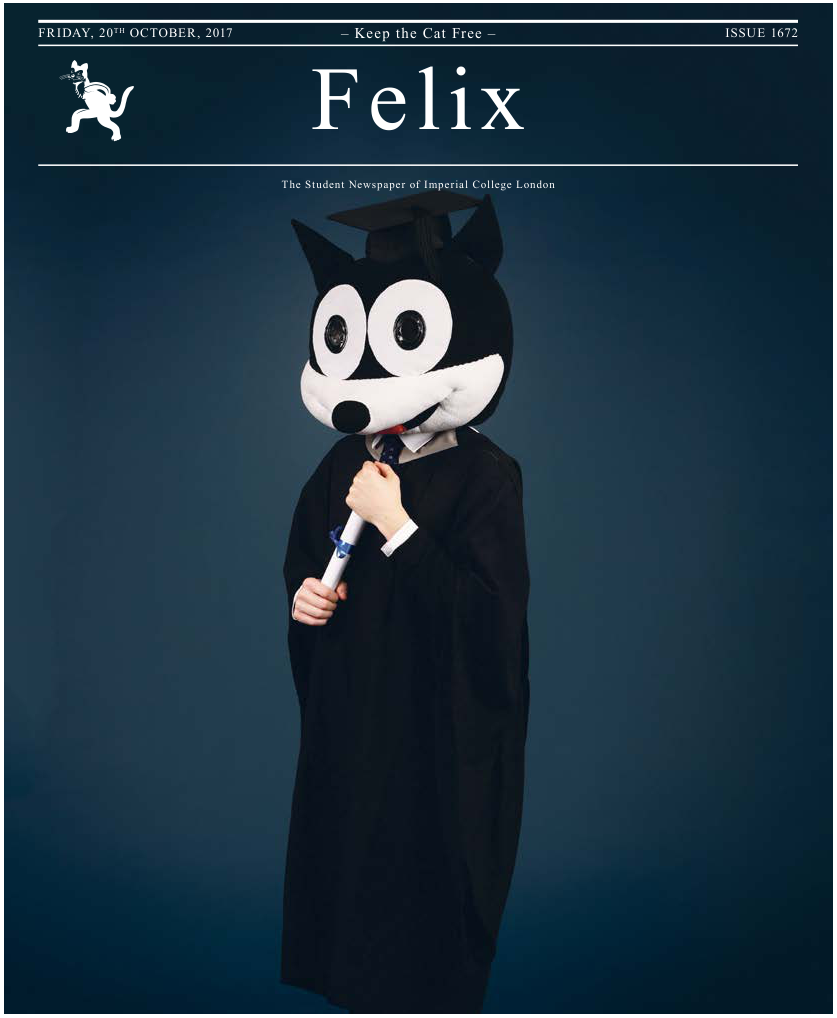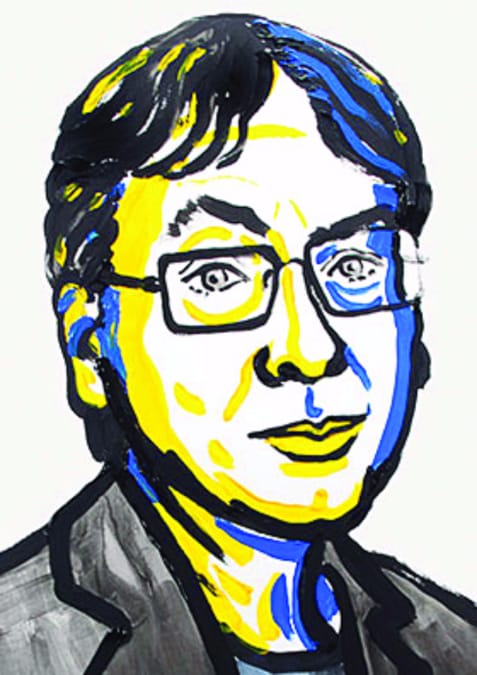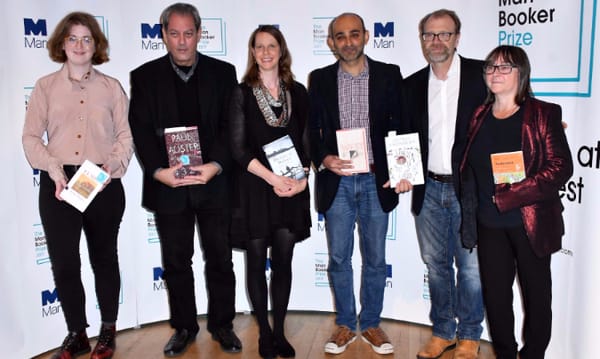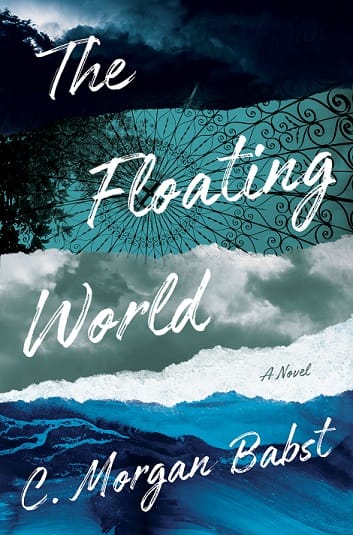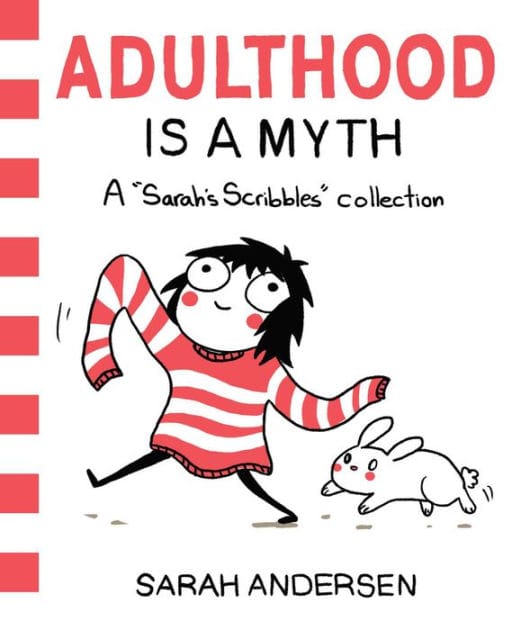How a terrible beauty is born
Vahni Capildeo’s poetry workshop on ‘be-monstering’

Be-monster not thy feature,” says Albany to Goneril; “proper deformity seems not in the fiend so horrid as in woman.” In King Lear, what renders Goneril’s ruthlessness particularly chilling is the juxtaposing presence of inhumanity – or, in Albany’s Elizabethan conception, unfemininity – in someone so manifestly a human. The disconcerting quality of such incongruousness and its ‘othering’ effect are amongst the several ways of ‘be-monstering’ explored in the poetry workshop led by Vahni Capildeo last weekend, whose latest collection Measures of Expatriation won the Forward Prize for Best Collection in 2016.
One example we examined in the workshop was Francis Ponge’s Faune et Flore (from Le Parti Pris des Choses), in which the flora are likewise ‘be-monstered’ through estrangement: much of their characterisation draws on their lack of human qualities (“ Aucun geste, aucune pensée, peut-être aucun désir, aucune intention ” – ‘no gesture, no thought, perhaps no desire, no intention’), whose ‘otherness’ is reinforced by the extensive use of anaphoric sentences beginning with “ils” (they). Indeed the word ‘monster’ itself – derived from the Latin monere, ‘to warn’ – etymologically referred to malformed creatures so strange and otherworldly in appearance that they came to be seen as portentous of divine ‘warning’.
Estrangement on the level of language itself also comes into play here, for example in Ponge’s neologistic use of “ excroissance ” (outgrowth). This, as is the case with any ‘be-monstering’ of the artistic medium itself, runs the risk of alienating the reader altogether. An estranged lexicon could as much intensify as obscure meaning, and leave us puzzled with, to steal a phrase from Wilde, “the rage of Caliban not seeing his own face in a glass”. Analogously we find in modern theatre the dilemmas associated with the use of Verfremdungseffekts – Bertoldt Brecht’s method of distancing the audience from characters.
Equally if not more unsettling in Faune is the description of “ irrémédiable ”, uncontrollable growth, which became the focus of our discussion of monstrosity in nature: starfish fissioning, zombies, cancer. In particular, the multiplication and replication of things in large numbers and the metamorphosis of single beings can seem particularly uncanny. This leads us naturally to the territory of ‘be-monstering’ through the exploitation of our inherent ambivalence towards identity and self-awareness.
To recall the etymology of ‘monster’, there is something self-referential about our tendency to view the strangeness perceived in others as a sinister reflection on our own prospects. Whilst the replication and metamorphosis of single beings and the numerosity of similar beings invoke our fear, both of a loss of identity and of the awareness of ourselves as distinct living beings, the capacity for shape-changing is furthermore reminiscent of our deformability, vulnerability and, as Capildeo noted, edibility: it is, to quote Wilde again, Caliban’s rage upon seeing his reflection. Not least for this reason does an animal’s eating of another animal often ‘be-monster’ them in our eyes. A more extreme example is our horror of cannibalism, widely regarded as the epitome of monstrosity, symbolic both of our effaceability and of our capacity for self-effacement, and hence of a double loss of identity.
If Freud is right about the universality of primary narcissism, then, it would not perhaps ‘be-monster’ this article to end with Tiresias’ cryptic comment on Narcissus: that he will live long, “ si se non noverit ” (‘if he does not learn to know himself’).

